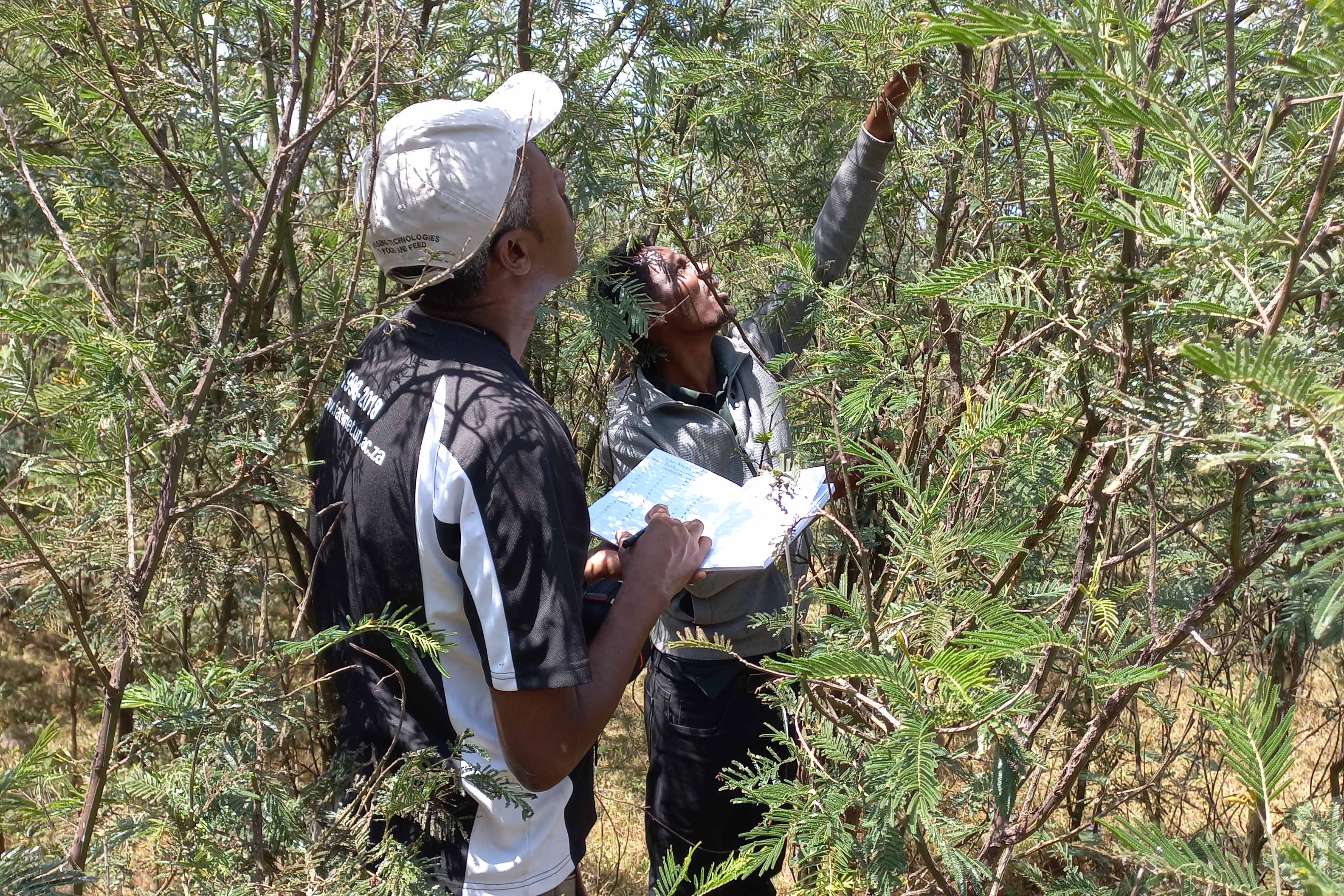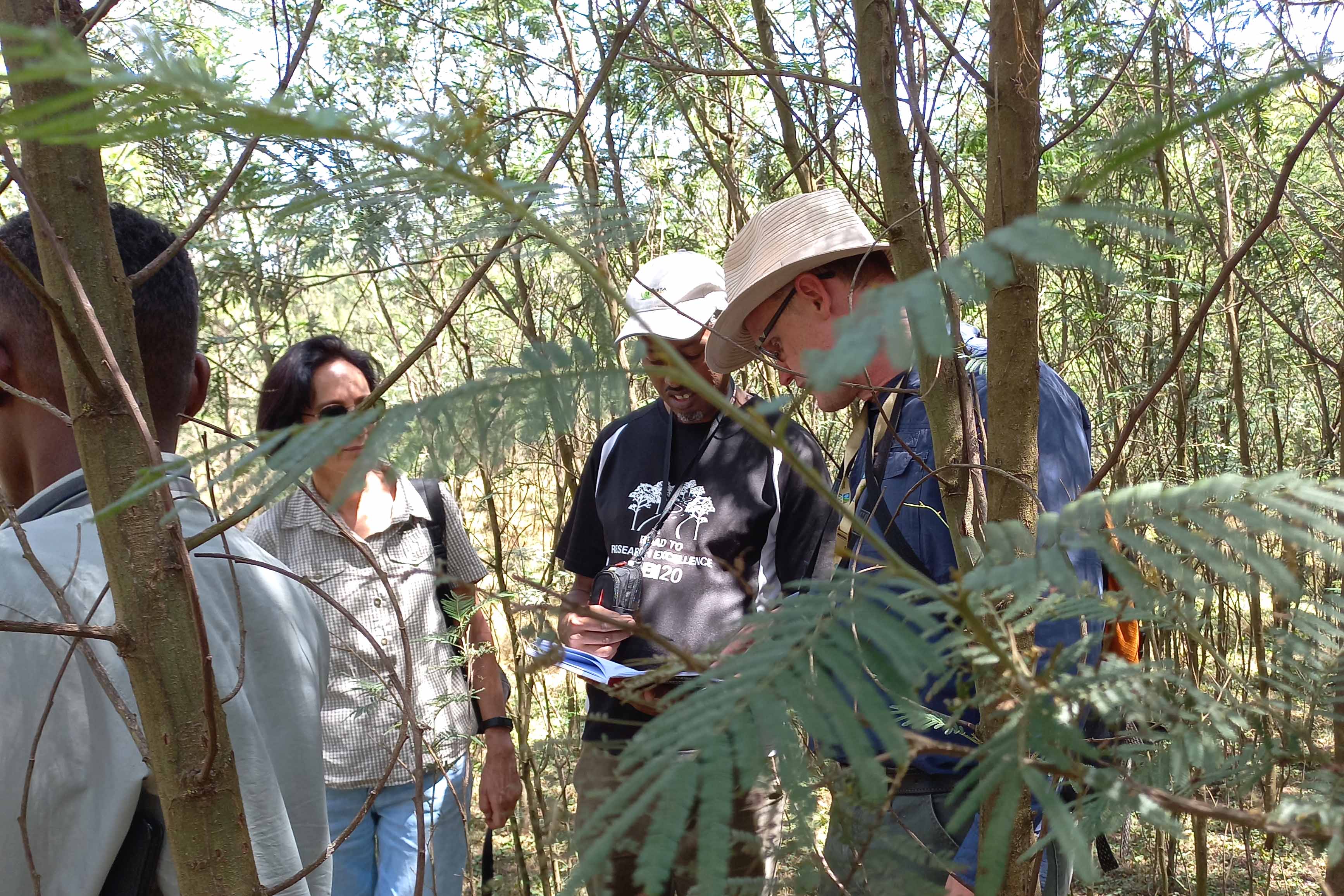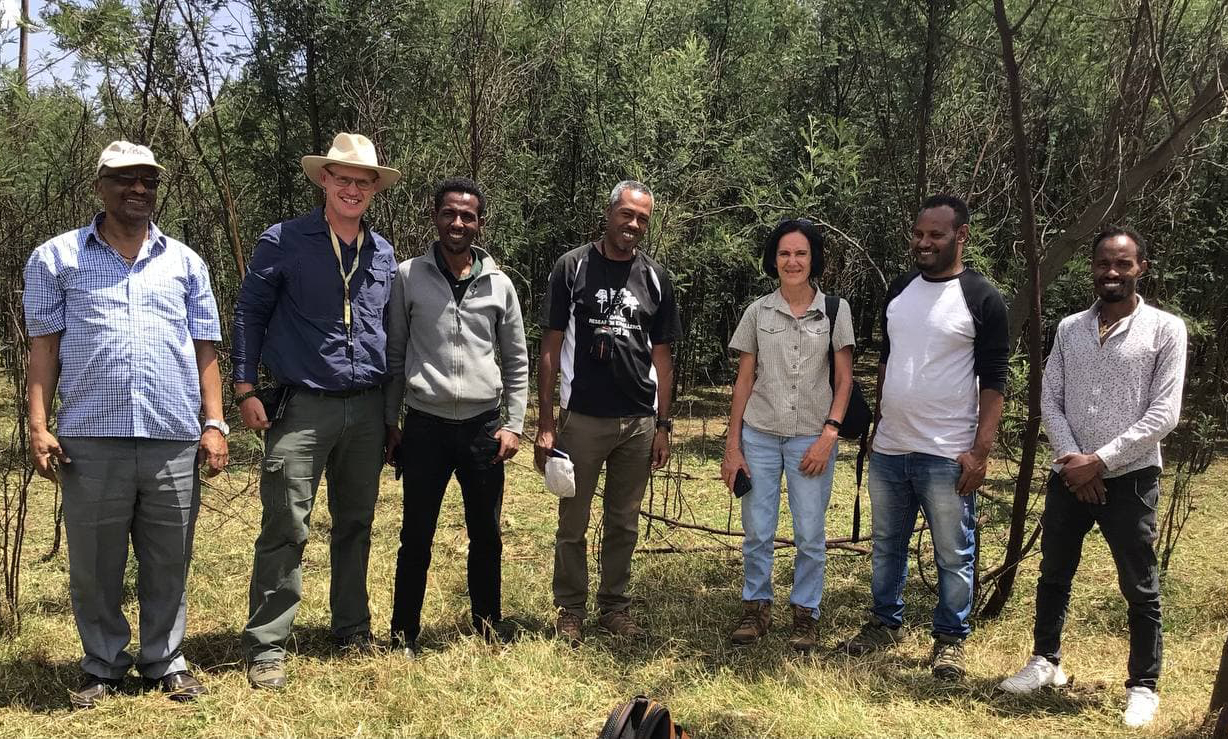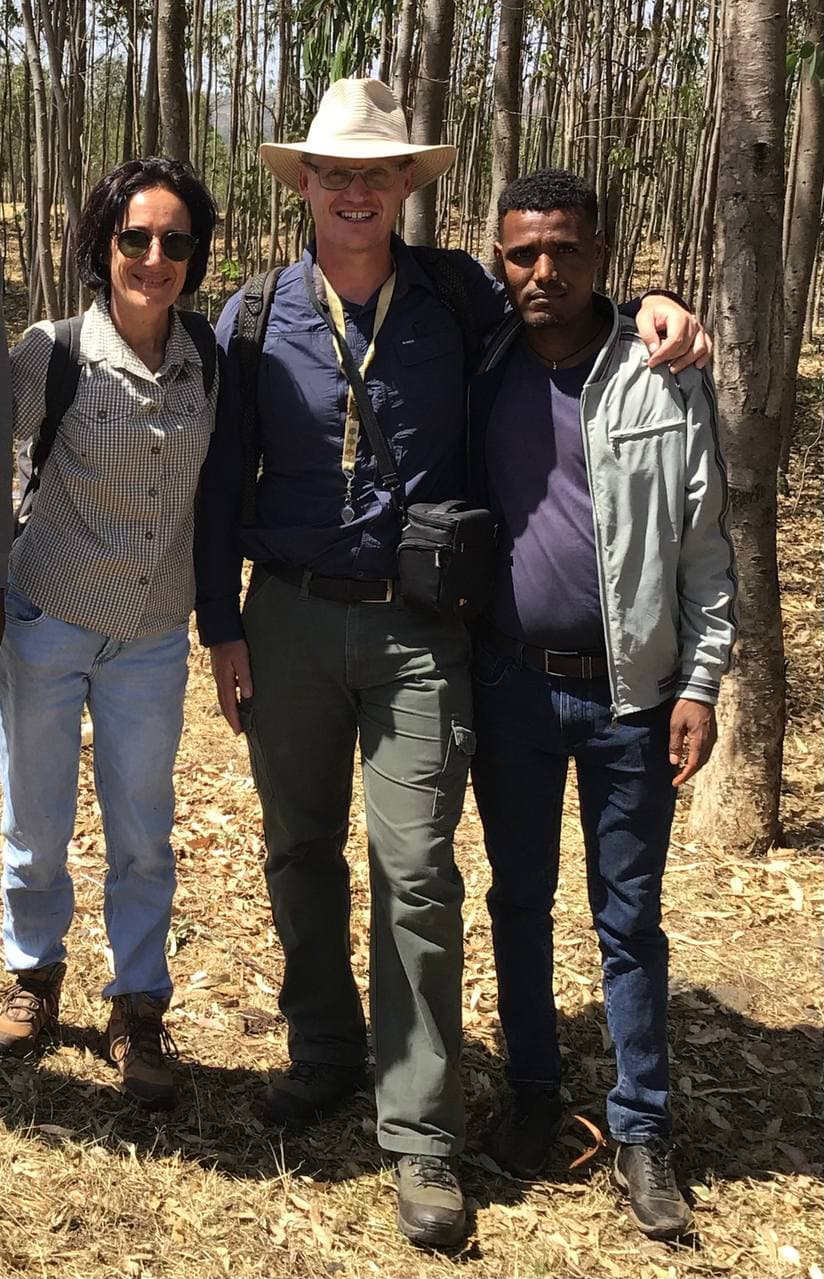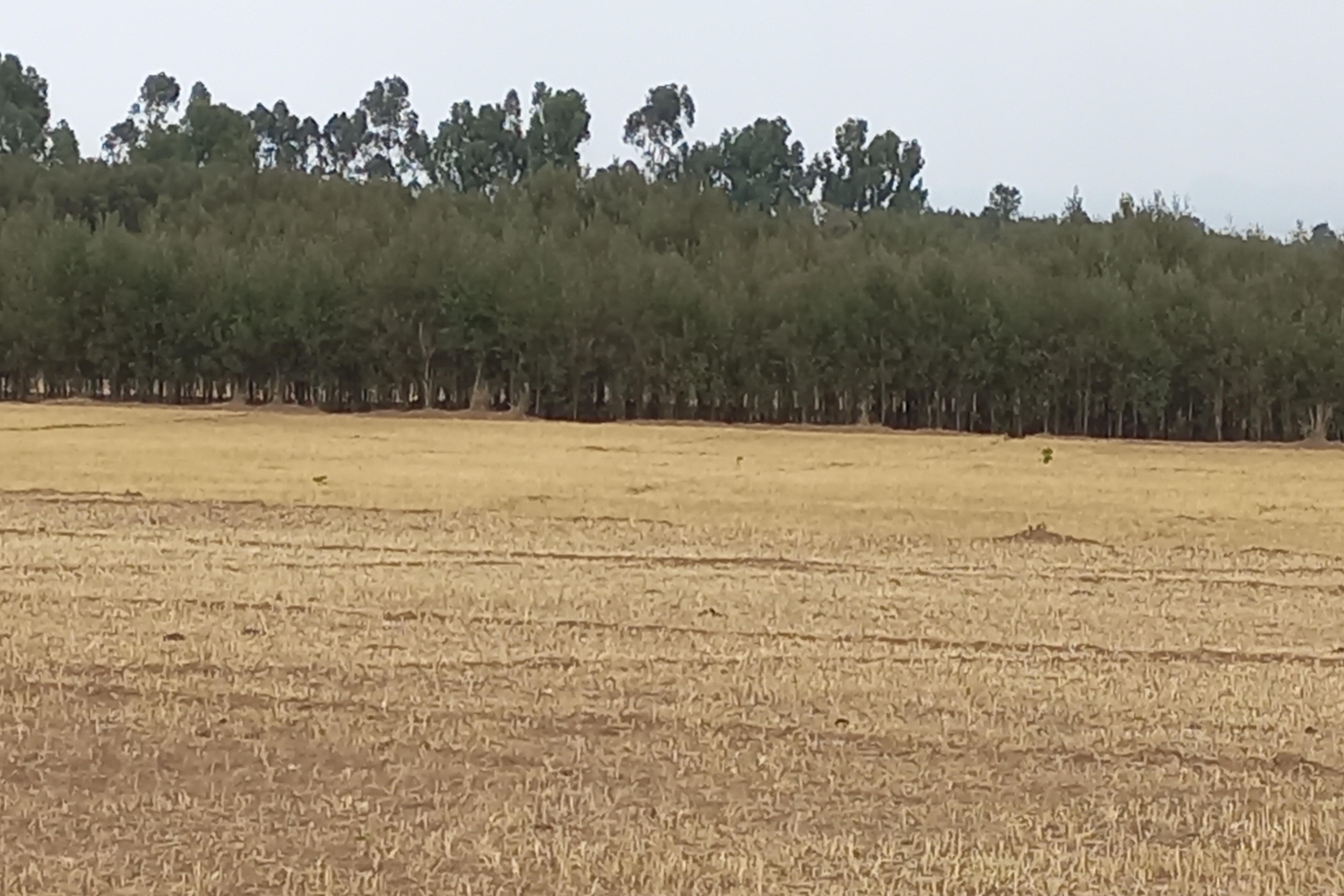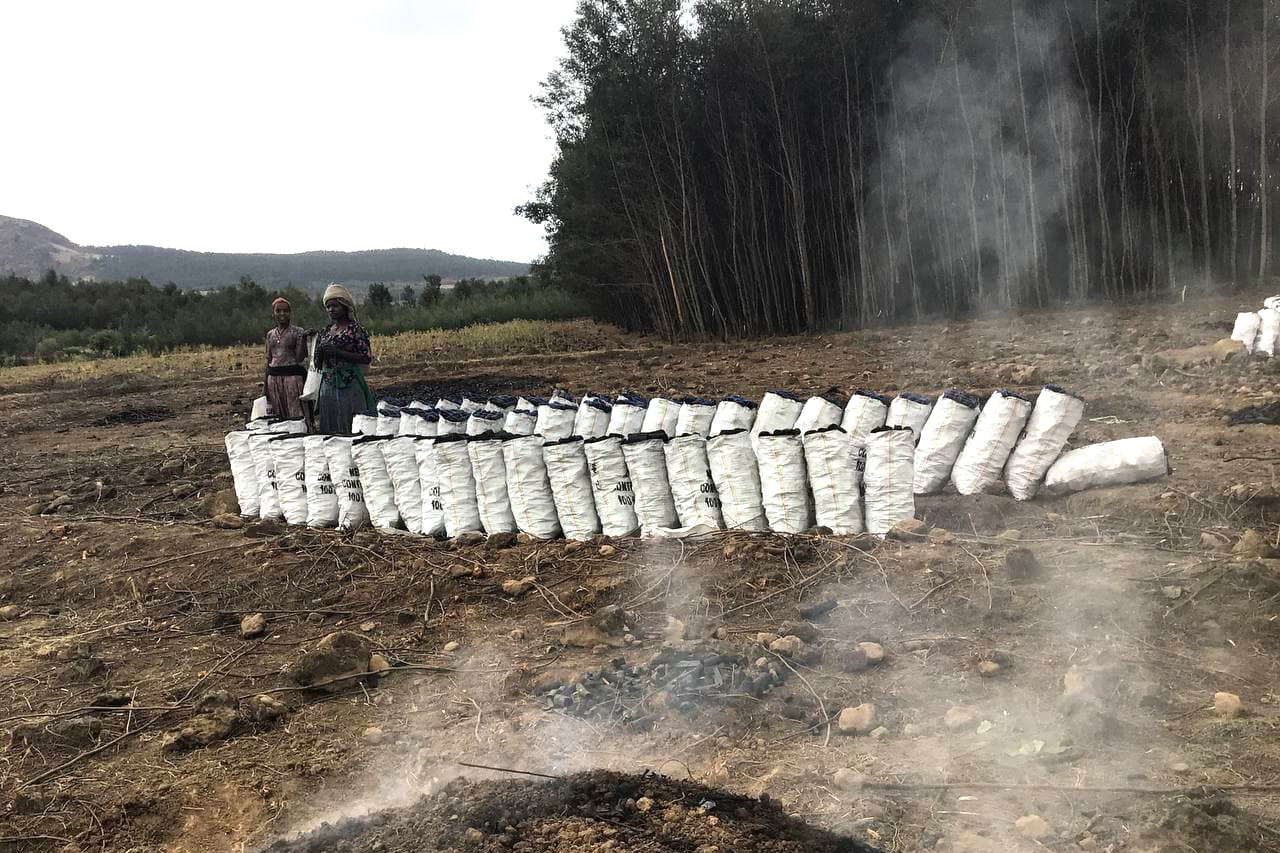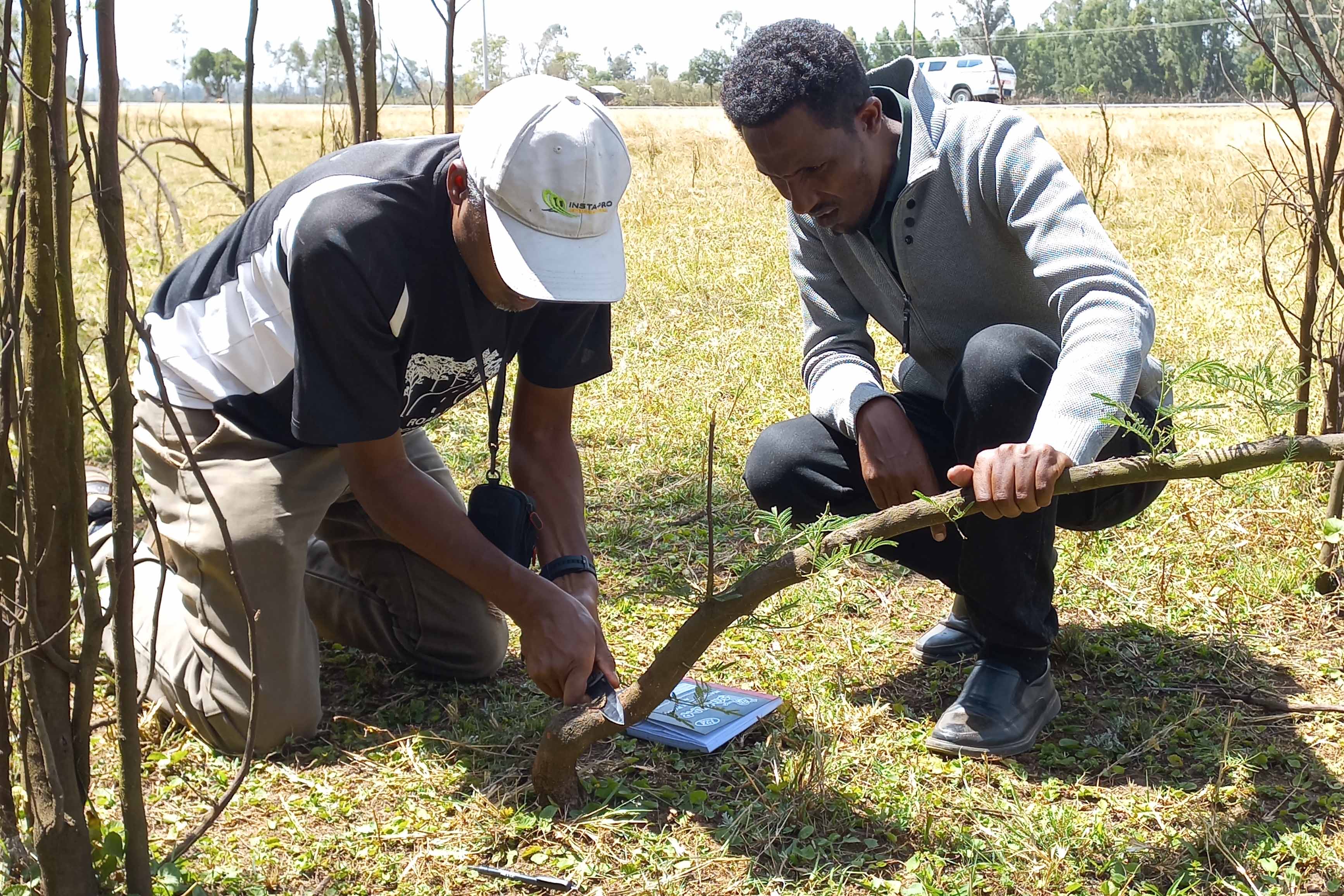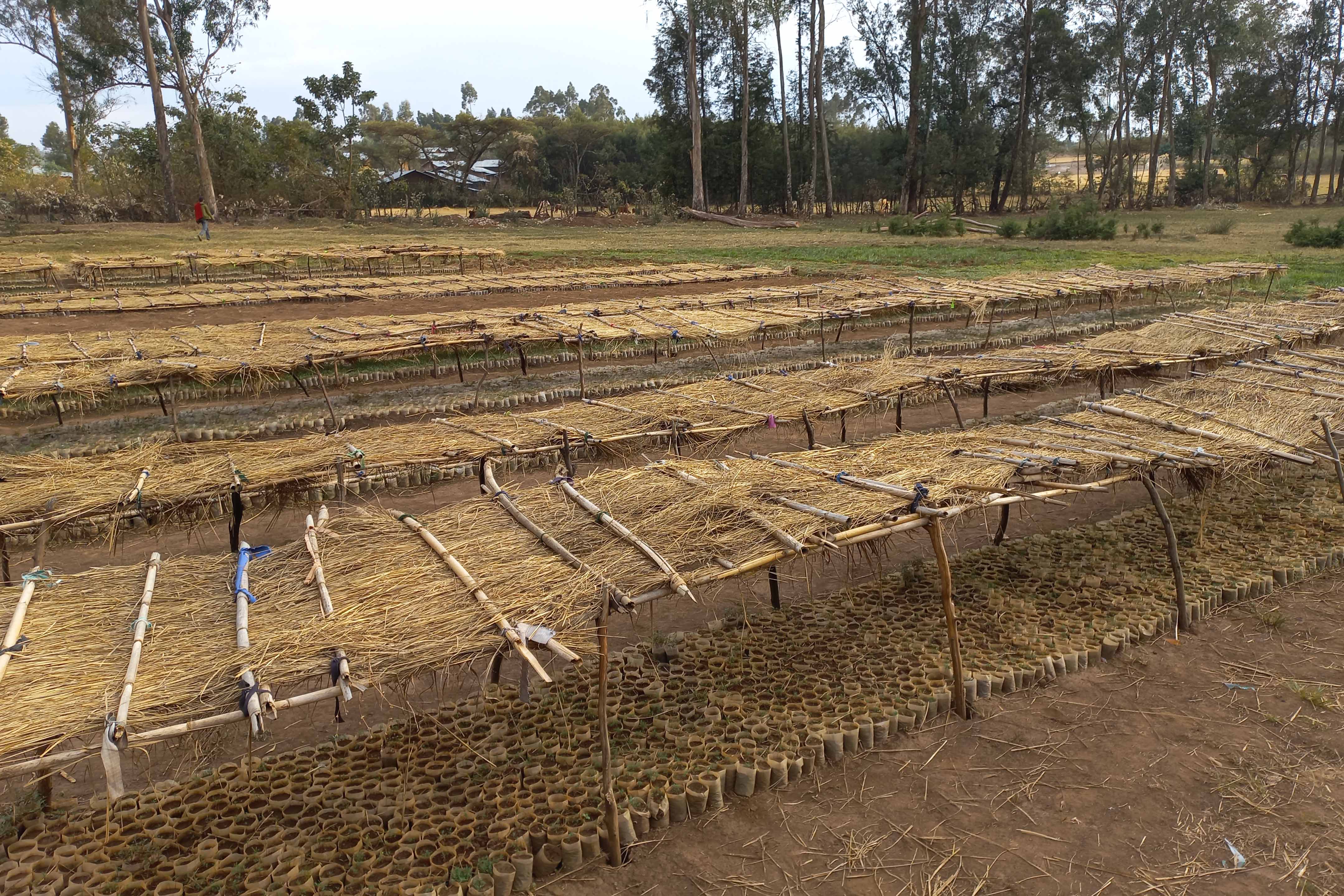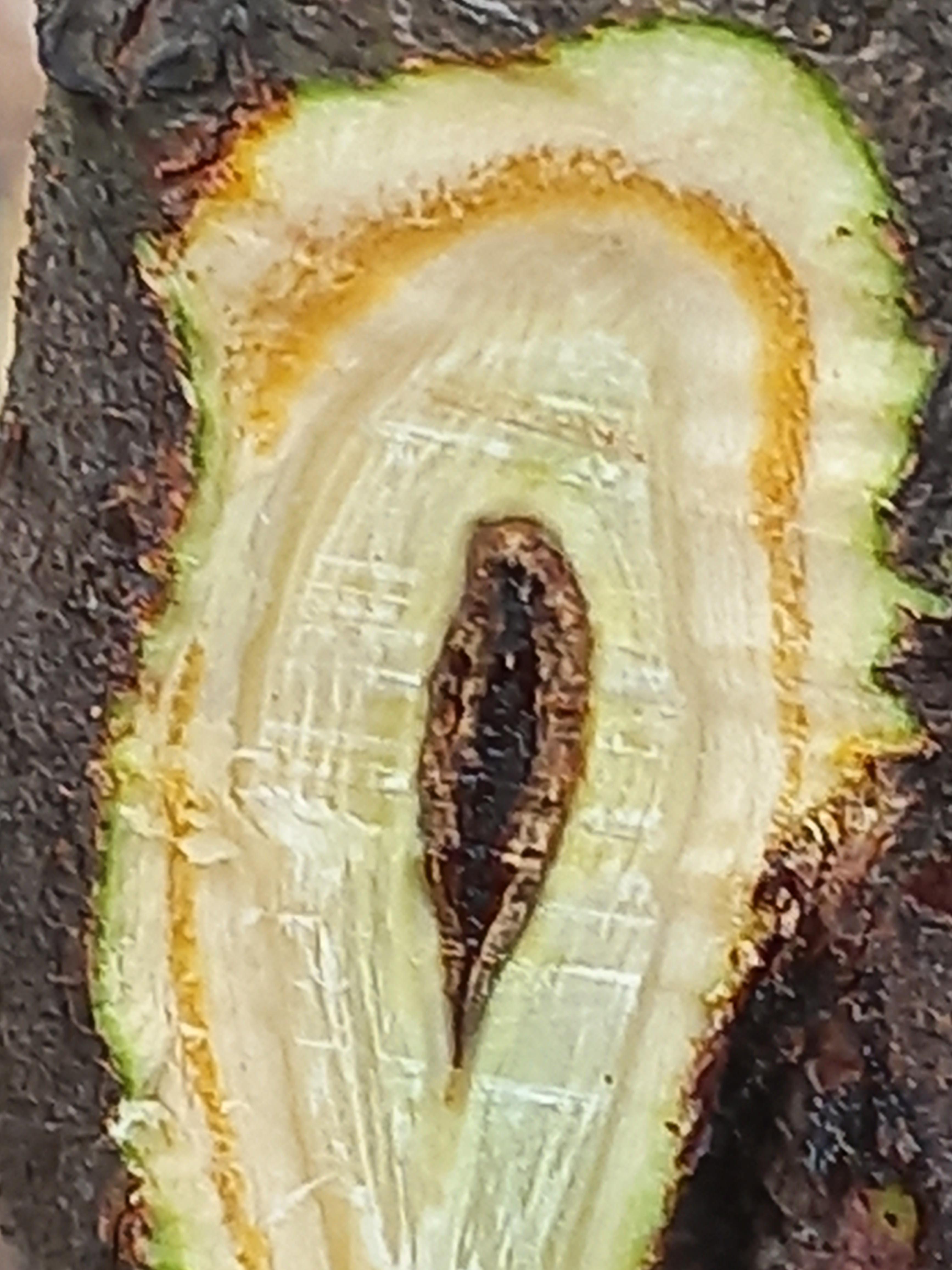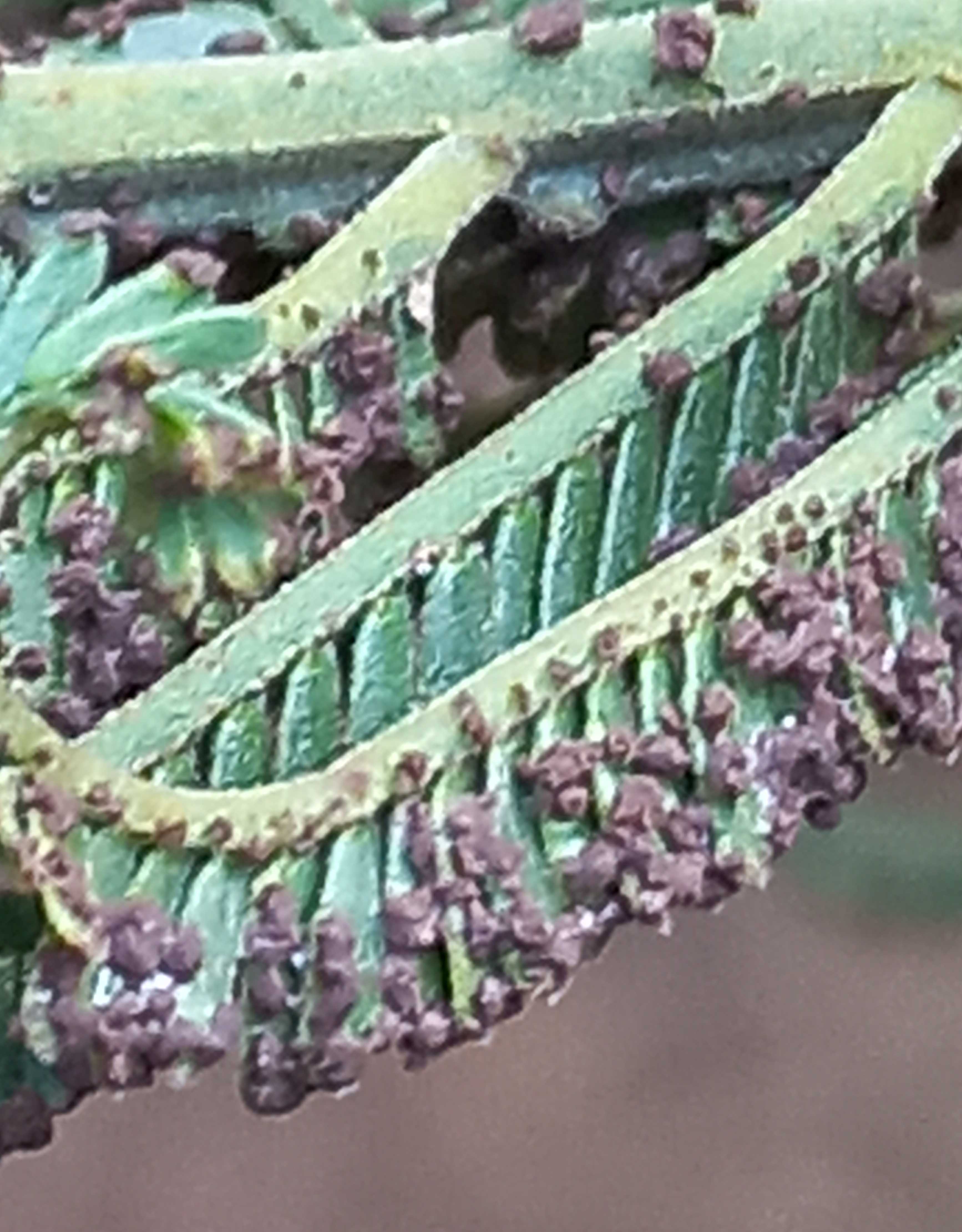Survey of wattle pests and pathogens in Awi Zone, Ethiopia 2022-03-18
Recently, the Ethiopian Environment and Forest Research Institute (EEFRI) in collaboration with the University of the Sunshine Coast, Australia and two institutes from South Africa, namely the University of Pretoria's Forestry and Agricultural Biotechnology Institute (FABI) and the Institute for Commercial Forestry Research (ICFR) have developed a research project to determine the diversity and distribution of wattle pests and pathogens in the Awi Zone of Ethiopia, and investigate potential management options. The project is coordinated by Prof. Simon Lawson and Dr Madaline Healey (University of Sunshine Coast) and funded by the Australian Centre for International Agricultural Research (ACIAR).
As part of this project, three researchers from South Africa (Prof. Brett Hurley and Dr Mesfin Gossa from FABI and Dr Ilaria Germishuizen from ICFR) joined EEFRI researchers (Dr Agena Tanga, Weldesenbet Beze and Kumela Regasa) and conducted the first visit of this project to wattle plantations in the Awi Zone. This region is extensively planted to non-native Acacia, which are of crucial socio-economic importance, with a multipurpose role in the society including for soil reclamation/improvement and as source of wood, charcoal and fodder. The Acacia species was previously considered to be A. decurrens (green wattle), but the initial visits to the site indicate that it is likely A. mearnsii (black wattle) – confirmation of the species is underway.
During the visit, severe and widespread infection of wattle rust (species to be determined) and infestation by various insect pests, including bagworms, scale insects and tree hoppers were observed. Prof. Hurley and Dr Germishuizen have returned from Ethiopia after this scouting trip, but Dr Gossa will continue in the field to collect samples for identification. Further field trips are also planned for this year, but in different seasons.


